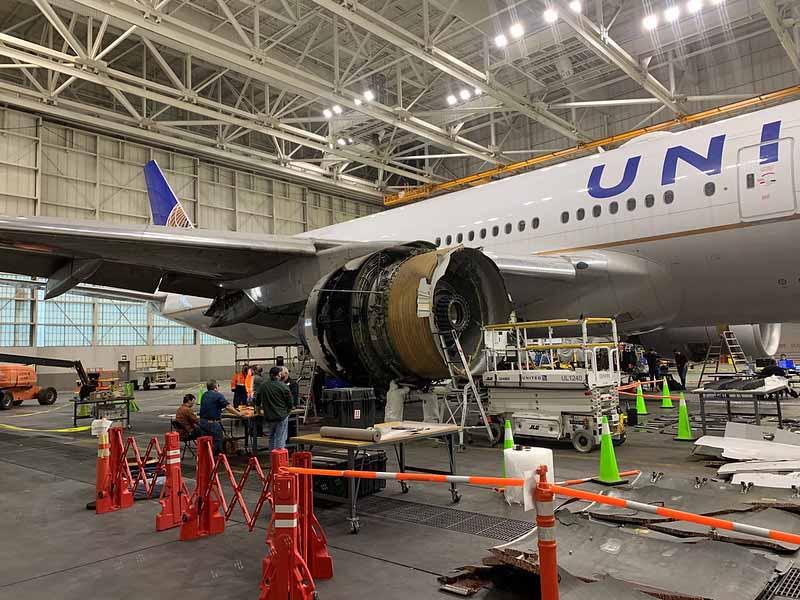
Credit: NTSB
United Airlines is hopeful that its grounded, Pratt & Whitney-powered Boeing 777-200s could be back in service later this year, but work on required changes, notably reinforced nacelle components, is likely to push necessary regulatory approvals to 2022. “We’ve gone through an extensive set of...
Subscription Required
This content requires a subscription to one of the Aviation Week Intelligence Network (AWIN) bundles.
Schedule a demo today to find out how you can access this content and similar content related to your area of the global aviation industry.
Already an AWIN subscriber? Login
Did you know? Aviation Week has won top honors multiple times in the Jesse H. Neal National Business Journalism Awards, the business-to-business media equivalent of the Pulitzer Prizes.
